Fundraising
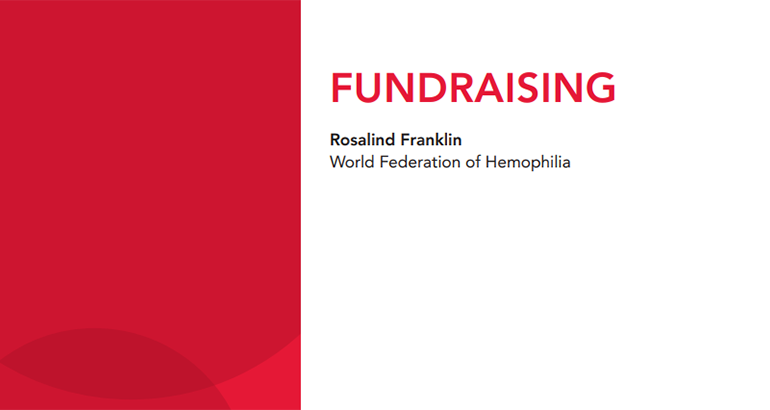
Raising funds requires careful research and detailed planning, as well as creativity and good business practices. This publication is intended to help volunteers and staff of hemophilia societies support their work through fundraising.
Long-Term Planning for Leadership Change
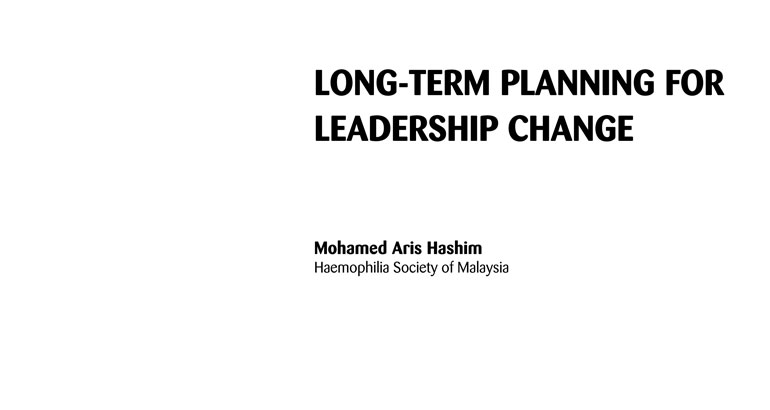
Today’s leaders are extremely motivated and united in their commitment to improving hemophilia treatment and care. But what will happen when these leaders retire? This monograph was written to help hemophilia organizations prepare for the future.
Treatment Options in the Management of Hemophilia in Developing Countries
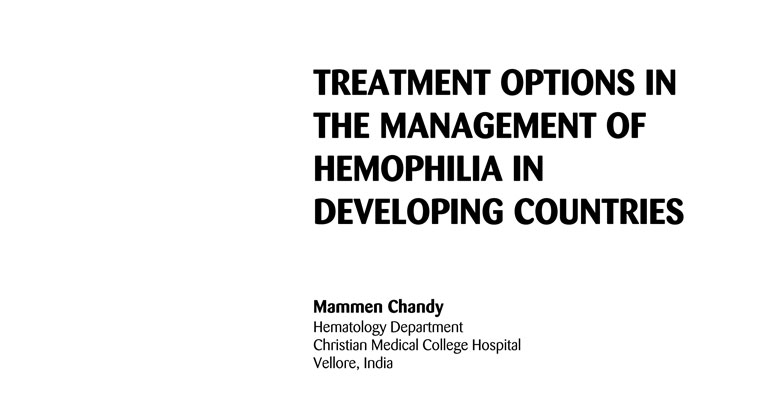
Highlights the various options available when treatment products are extremely scarce. Even with a limited amount of coagulation factor, it is possible to improve the lives of people with hemophilia in the developing world.
The Safety of Plasma-Derived versus Recombinant Concentrates
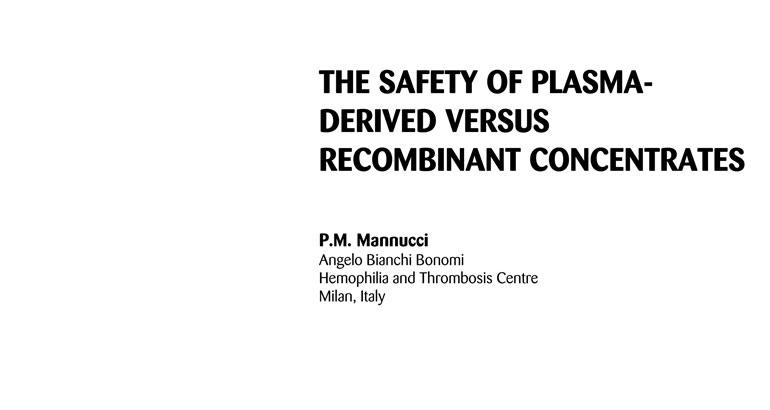
In this monograph, the author offers his perspective on the risk of infection from recombinant and plasma-derived products.
Making Your Case Effectively: A Guide to Government Relations
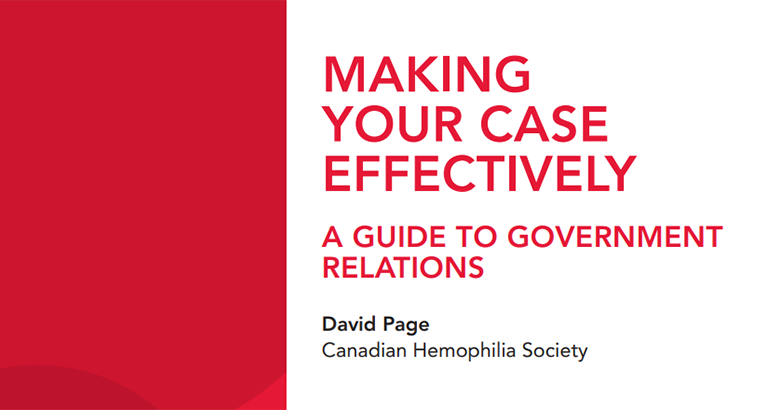
Hemophilia societies work with governments and health authorities to raise the level of care so that people with hemophilia can live healthy lives. This monograph provides organizations with some practical guidance to improve the effectiveness of government relations.
Transmissible Agents and the Safety of Coagulation Factor Concentrates
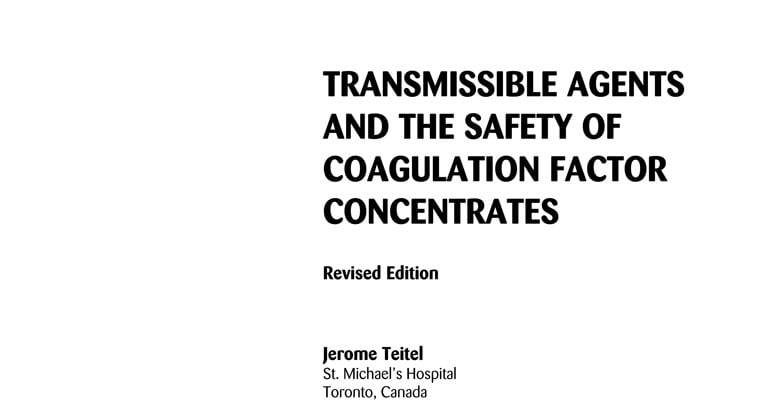
This resource has also been translated into the following languages, with permission from the WFH, by NMOs: Russian A multifaceted approach that includes safety measures at every stage of production is needed to minimize the risk of viral transmission by coagulation factor replacement products.
Small Pool Heat-Treated Intermediate Purity Factor VIII Concentrate
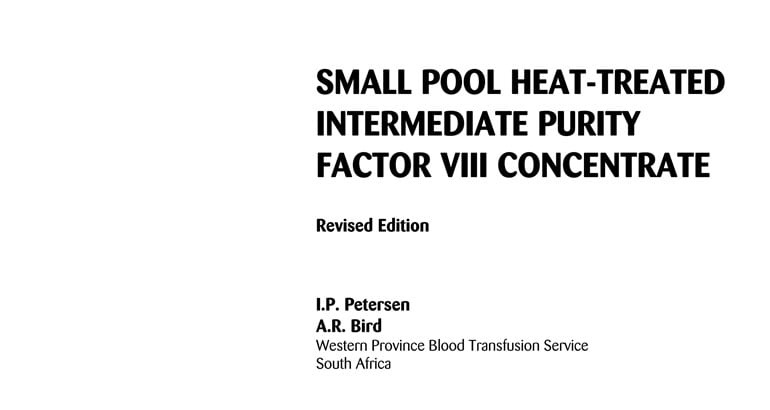
Small pool heat-treated intermediate purity concentrate may be the most suitable and cost-effective solution for some countries attempting sufficiency and who cannot afford high-purity products.
The Preparation of Single Donor Cryoprecipitate
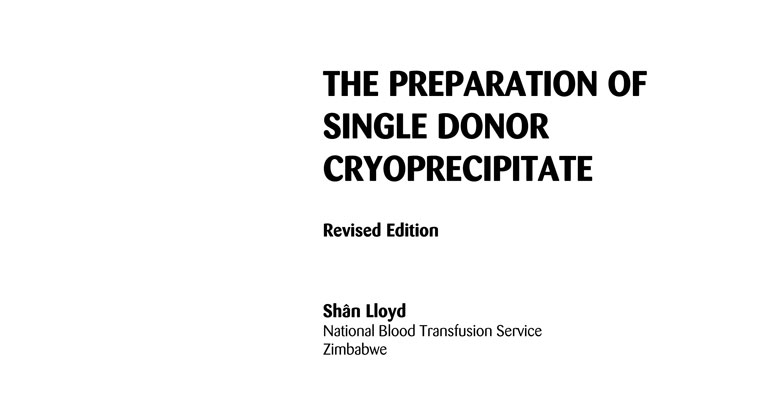
This monograph provides guidelines for the production of single-donor cryoprecipitate.
Chronic Hemophilic Synovitis: The Role of Radiosynovectomy
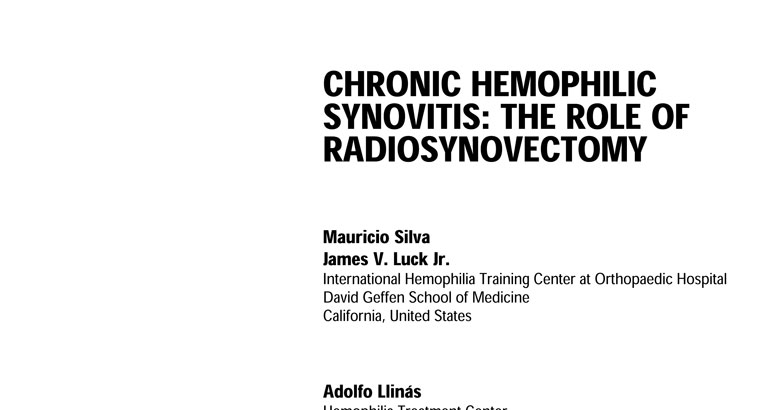
This resource has also been translated into the following languages, with permission from the WFH, by NMOs: Japanese Reviews the pathogenesis of chronic hemophilic synovitis, its clinical characteristics, and therapeutic options, with special emphasis on radiosynovectomy performed with 32P-chromic phosphate.
The Treatment of Hemophilia Bleeding with Limited Resources
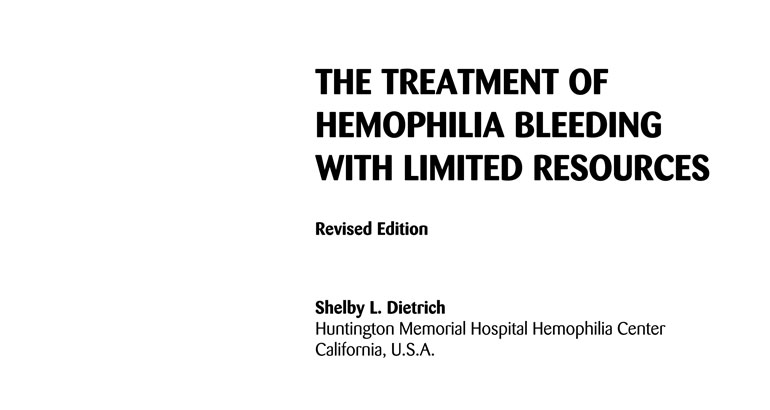
This resource has also been translated into the following languages, with permission from the WFH, by NMOs: Russian Treatment for bleeding in hemophilia involves replacement therapy of the missing coagulation factor, but adequate replacement therapy is not always available. This monograph describes conservative measures that decrease or control bleeding and help prevent future damage.
The WFH Haemophilia Centre Twinning programme: ten years of growth, 1993-2003
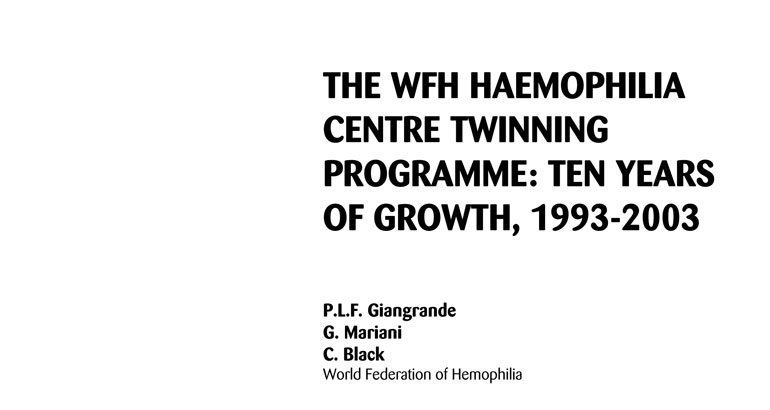
By linking emerging and established treatment centres, the World Federation of Hemophilia’s Twinning Program has improved treatment and care for people with bleeding disorders around the world.
Recruiting and Retaining Volunteers
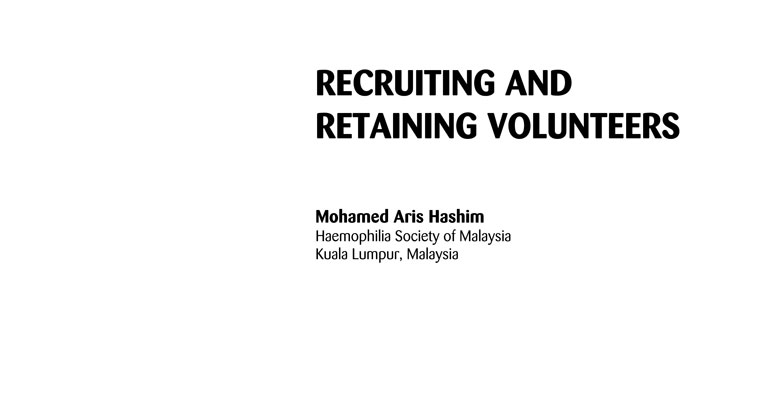
Describes the steps hemophilia organizations can take to attract volunteers, keep them motivated, and evaluate their volunteer program. Includes three forms that may be useful at the recruitment stage to ensure clarity of expectations between the volunteer and the organization.
